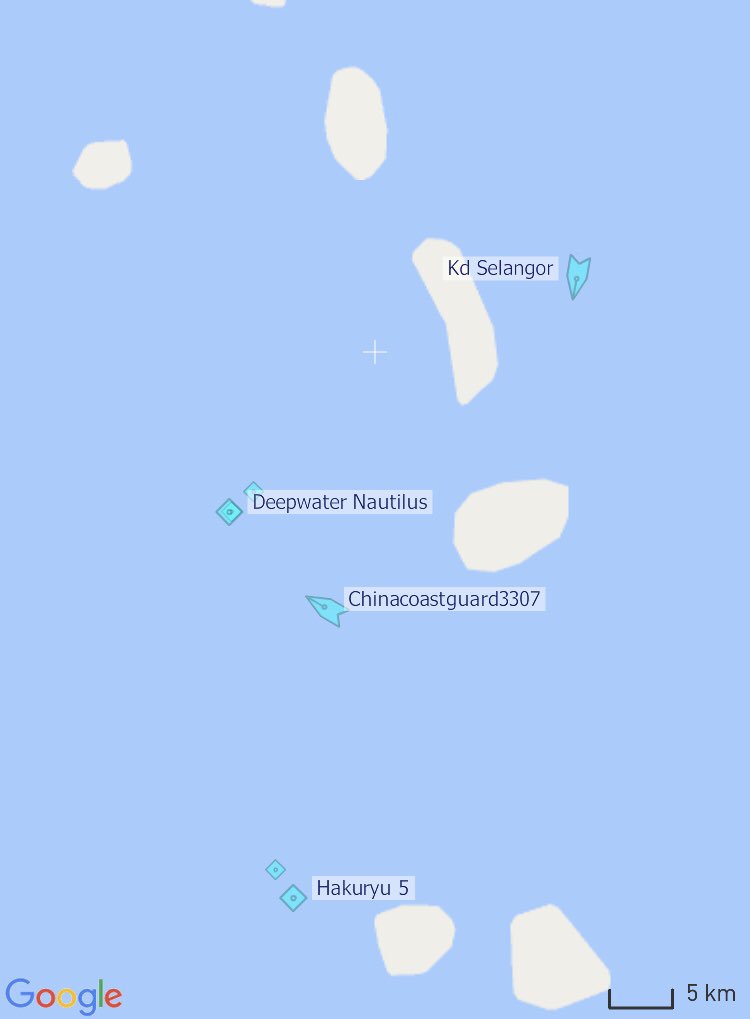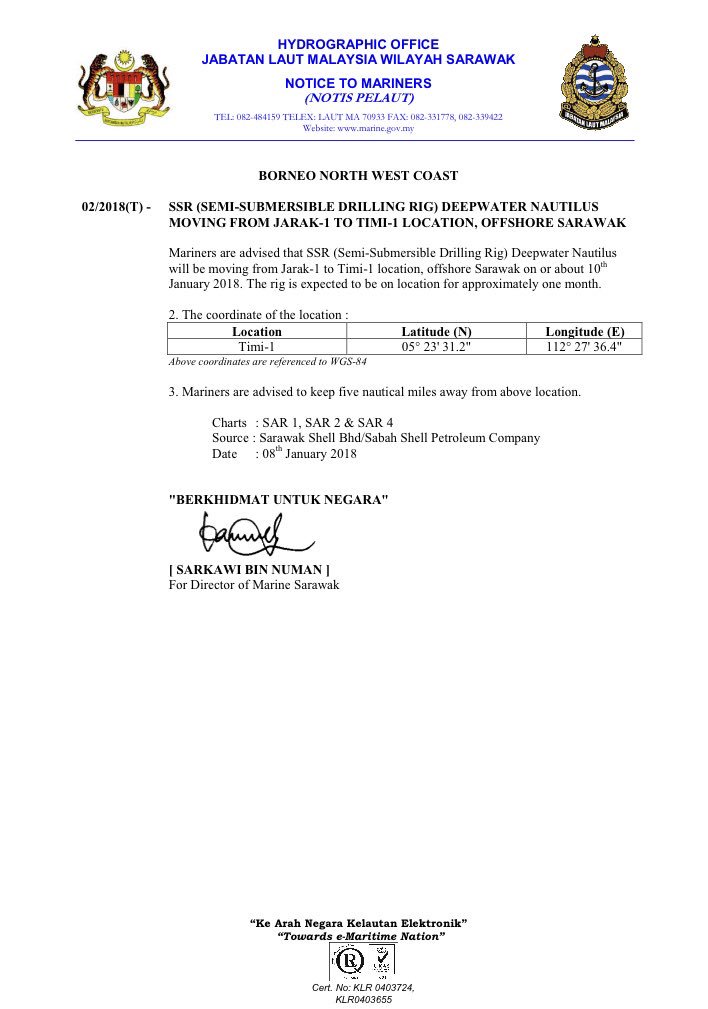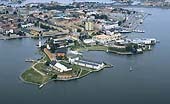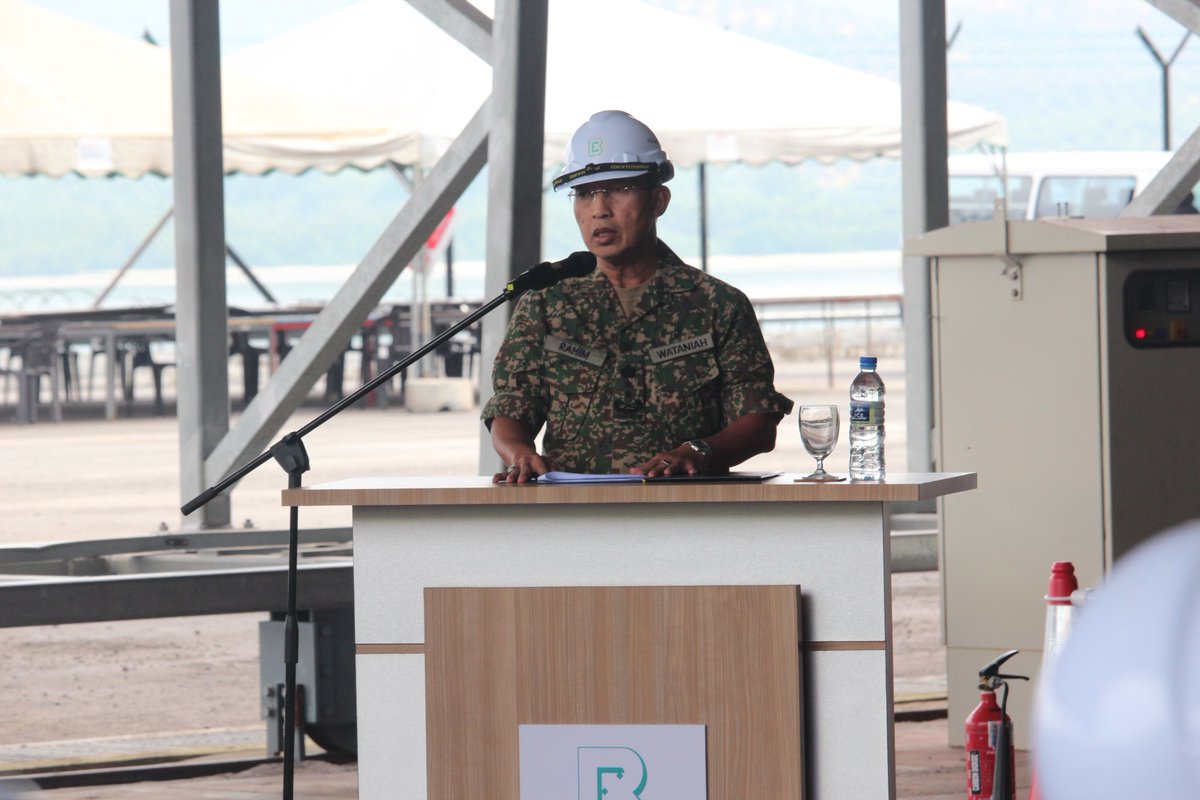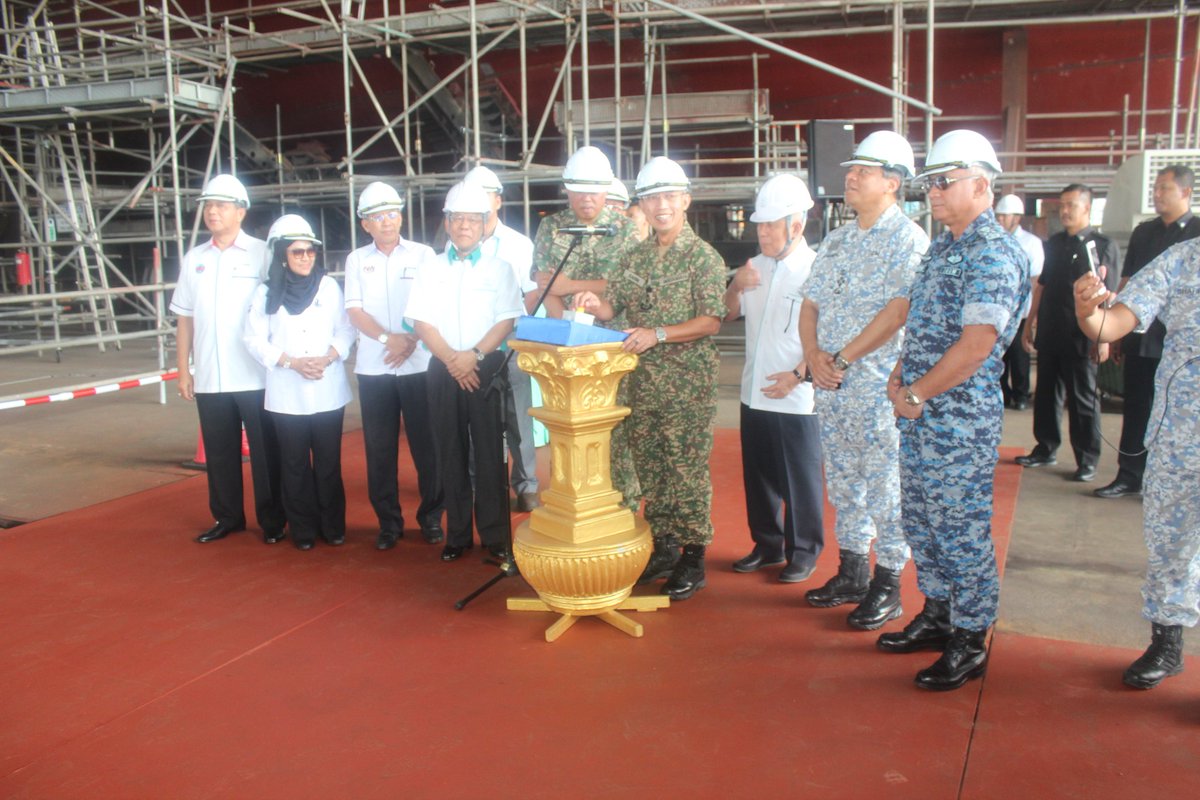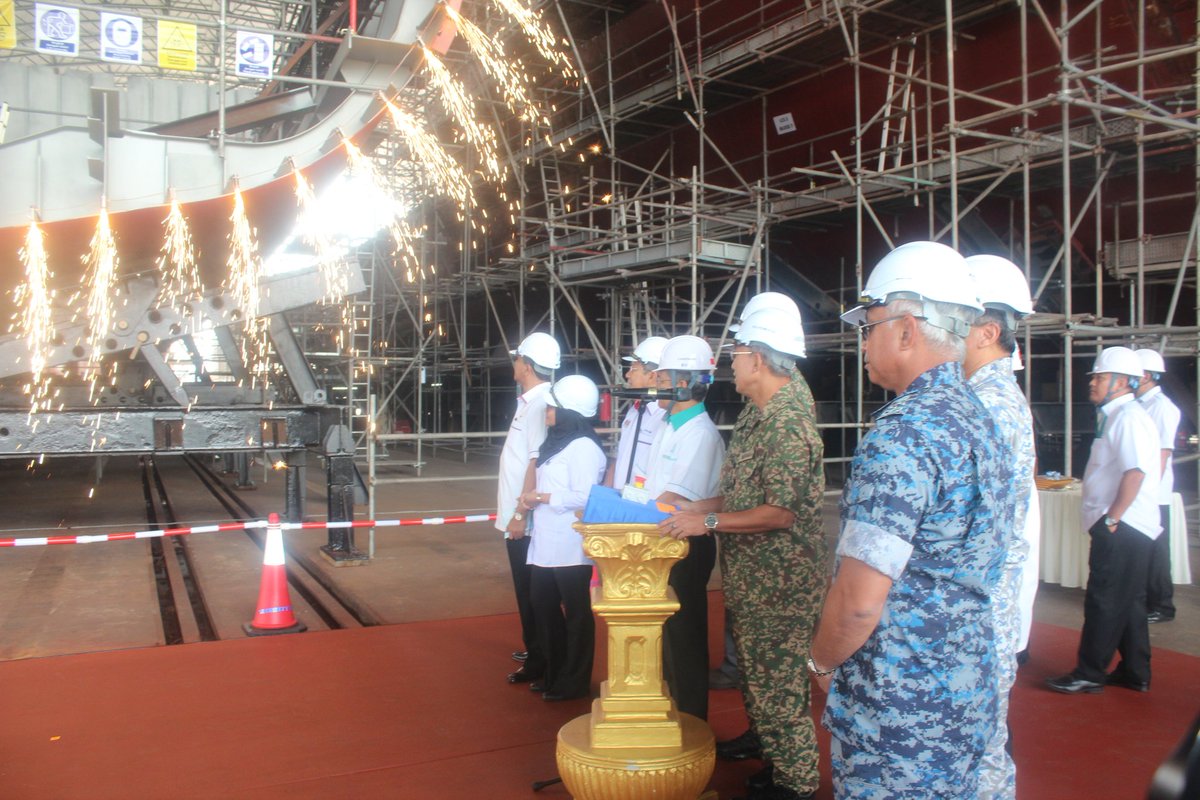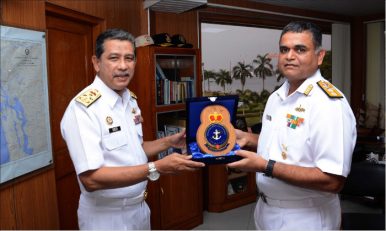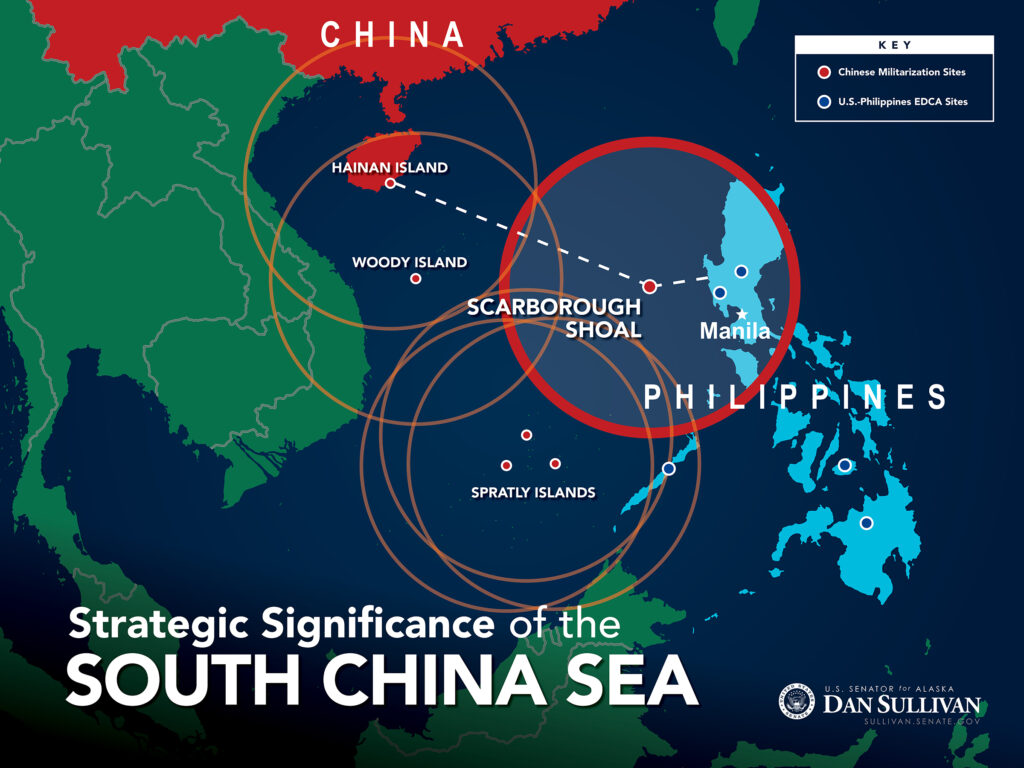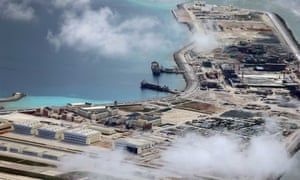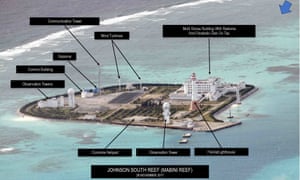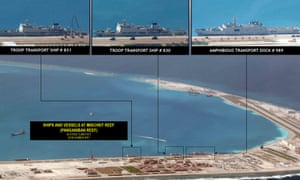British weapons manufacturer BAE Systems says it has offered Malaysia a $2 billion financing deal backed by the UK government, in a bid to convince the Southeast Asian country to replace its ageing combat aircraft with British-made ones.
BAE, part of a European consortium that makes the advanced Eurofighter Typhoon jets, is hoping that Malaysian officials would accept the deal, as they are planning to buy up to 18 aircraft to replace the country’s most-grounded Russian Mikoyan MiG-29s, Reuters reported Tuesday.
The French company Dassault Aviation has also come forward with a competing deal to provide Kuala Lumpur with Rafale fighter jets. In fact, the French option was
To make the deal more lucrative, Alan Garwood, the Group Business Development Director for BAE Systems, said the company was willing to throw in training and local partnership while guaranteeing “lots of jobs.”
"We have an offer on the table...It's competitively priced and we have offered UK government financing so the Malaysian government can spread the payment over a longer period," Garwood said in an interview in the Malaysian capital.
The government of Prime Minister Theresa May has accepted to fund the deal through the UK Export Finance export credit agency.
The contest, which is one of the biggest aircraft contracts under consideration in Asia, has been delayed due to upcoming national elections in Malaysia and the country’s focus towards stepping up its aerial surveillance capabilities.
BAE, which leads the marketing campaign for Typhoons, jointly built with Italy’s Leonardo and France-based Airbus, expects Malaysia to make a decision after the elections, which must be held by August.
“I sense there is an appetite to move forward in the next couple of years,” BAE Systems Malaysia & Southeast Asia managing director John Brosnan said.
The deal is of special importance to both London and BAE Systems.
While the company looks to expand its Asian market to countries beyond the Persian Gulf region, May’s government needs to secure as many such deals as it can in order to keep the British economy thriving after its pending withdrawal from the European Union.
by PressTV 13/2/2018
BAE proposes UK gov’t loan to M’sia for Typhoon fighter jet deal
BAE Systems will provide Malaysia a UK government-backed financing deal if it decides to replace its fleet of combat jets with the Eurofighter Typhoon, senior company officials said.
Malaysia has for several years been weighing France's Rafale jet and the Eurofighter Typhoon, built by a European consortium including Britain's BAE, as it looks to buy up to 18 jets to replace its Russian MiG-29s - most of which are grounded.
The contest, potentially worth over US$2 billion (RM7 billion), is one of the biggest fighter deals under consideration in Asia, although a decision has been delayed due to upcoming national elections and a shift in Malaysia's focus towards upgrading aerial surveillance capabilities.
"We have an offer on the table ... It's competitively priced and we have offered UK government financing so the Malaysian government can spread the payment over a longer period," Alan Garwood, the Group Business Development Director for BAE Systems said in an interview in Kuala Lumpur.
"We can offer training, local partnership and lots of jobs," he added.
Financing would be provided via the UK Export Finance export credit agency.
BAE Systems, which leads the regional sales campaign for the Typhoon, is built jointly by BAE, Italy's Leonardo and Airbus. The company is looking to further a regional drive with the sale of its multi-role combat jet to Malaysia.
BAE believes Malaysia will arrive at a decision after the elections, which must be held by August.
"I sense there is an appetite to move forward in the next couple of years," BAE Systems Malaysia & Southeast Asia managing director John Brosnan said.
"We would like to see some progress made in the year after the election .... because governments tend to make this kind of decisions slightly earlier in their time in office than later," he added.
‘Window of opportunity’
Malaysia's economy has been on a recovery over the last year, after a few years of slow growth and a currency slide due to weak oil prices.
"We think there is a window of opportunity there with the strengthening economic position," said Brosnan.
BAE is in competition with France' Dassault Aviation - makers of the Rafale - which until recently was seen as the frontrunner.
Prime Minister Najib Abdul Razak said in March last year the Rafale deal was discussed during then-French President Francois Hollande's visit to the Southeast Asian nation, but that Malaysia was "not ready yet to make a decision".
Dassault was awarded a contract in 2016 to deliver 36 Rafale jets to India, and the company says it is still in talks to make additional sales to New Delhi.
Published: 13 Feb 2018 Modified: Today 9:28 am
